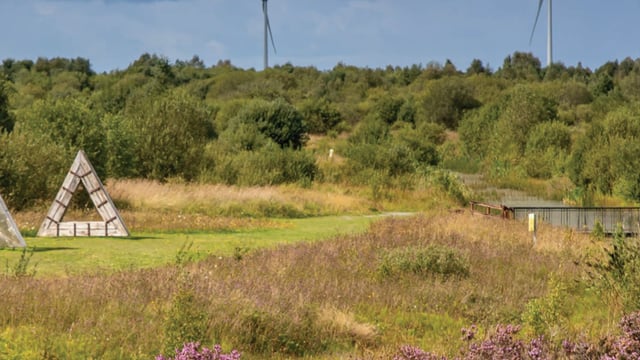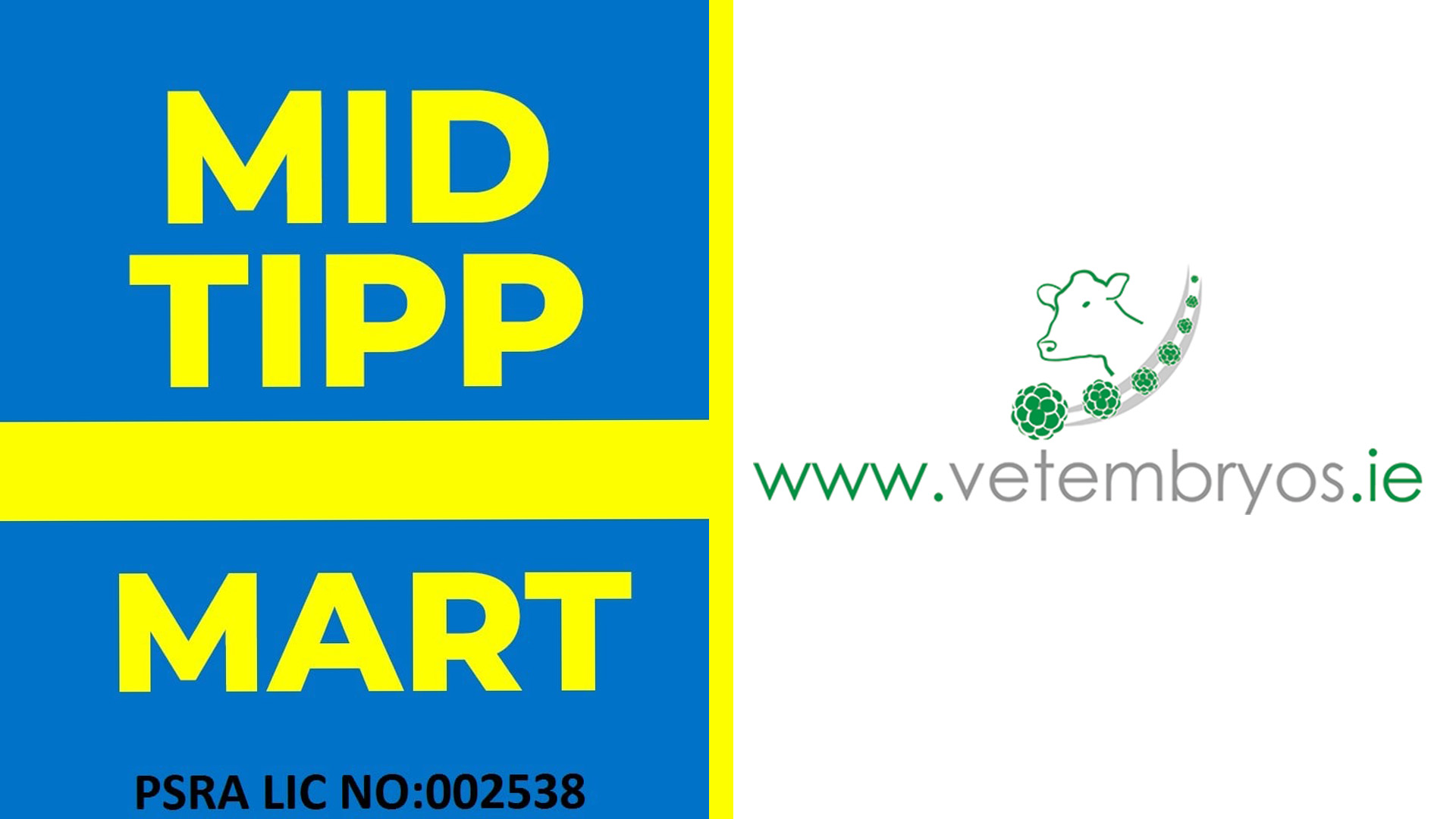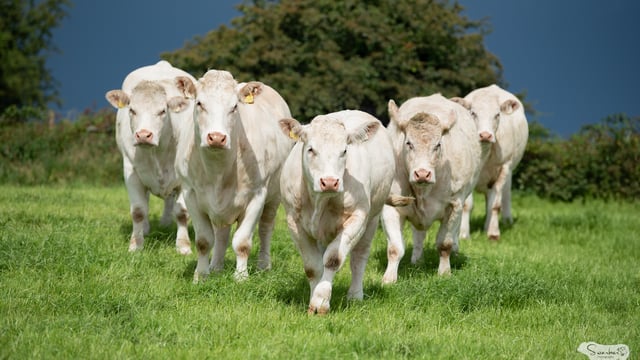Sharing data on farming activity with EPA 'hugely important'
Sharing data on farming activities with the Environmental Protection Agency (EPA) is "hugely important", the director of the Office of Evidence and Assessment at the EPA, Dr. Eimear Cotter has said.
The EPA is currently unable to identify whether improvements in certain water bodies across the country can be "connected" to farming activities taking place in local areas, Dr. Cotter said.
It is important for the EPA that "what happens in the field is brought back to the science", according to Dr. Cotter who stressed that the agency is "not interested" in individual farmers but general data on farming activities.
If that data was available to the EPA, she said it would have a "better understanding" of what's happening in the sector and be able to "give those good stories" about what actions are being taken by farmers to improve water quality.
Dr. Cotter called on Teagasc to share the data and evidence coming from the Agricultural Sustainability Support and Advisory Programme (ASSAP) and the new Better Farming for Water campaign with the EPA.
"Sharing that data back again so we can incorporate it into our work is hugely important to get as best a picture we can of what is happening [...] in terms of the activities and what those activities are doing to the water," she said.
Water quality in Ireland is "not where it should be" and all water quality issues are local, she said. Nitrate concentrations are too high in 40% of river sites mainly in the south and south-east, while phosphorus levels are too high in 28% of rivers.
While there are improvements in water quality in places around the country every year, they are overshadowed by deteriorations elsewhere. Thus, there can be no net improvement reported at national level, she said.
"We are running fast a standstill. We have all these improvements that are happening and yet we can't actually drive on with it because we are being pulled back by the deterioration.
"While we do need to drive on [and] have further improvements, we need to stop those declines so that overall we see an improvement in water quality," Dr. Cotter said at the launch of the Better Farming for Water campaign by Teagasc.
Teagasc director of knowledge transfer, Stan Lalor said the campaign is about helping farmers to understand and identify what their individual role is in improving water quality.
Key to this is making local data accessible to farmers, he said. Farmers need to know where their nearest water quality monitoring point is, what local water quality is like, and what their role is in maintaining or improving the quality.
The Better Farming for Water campaign aims to make this local data accessible to farmers and stakeholders through catchments.ie, where the EPA publishes data from each water quality monitoring point.
Access to pollutant impact potential (PIP) maps, showing the risk areas for losses of nitrogen (N), phosphorus (P) and sediment to waters in farmers’ local area is also foreseen under the campaign by quarter four (Q4) 2024.
Speaking at the launch, the president of the Irish Farmers' Association (IFA), Francie Gorman said that the discussion around Ireland's nitrates derogation should focus on water quality, not on stocking rates.
Regardless of whether a farm is stocked at a high or low level, if the eight measures identified in the campaign are not being implemented, e.g. if slurry is spread at the wrong time, water quality will not improve, Gorman said.
The actions set out by Teagasc should be implemented by every farmer as much as possible, regardless of the farming sector, he said and stressed the importance of "getting the message out in the strongest possible way".





